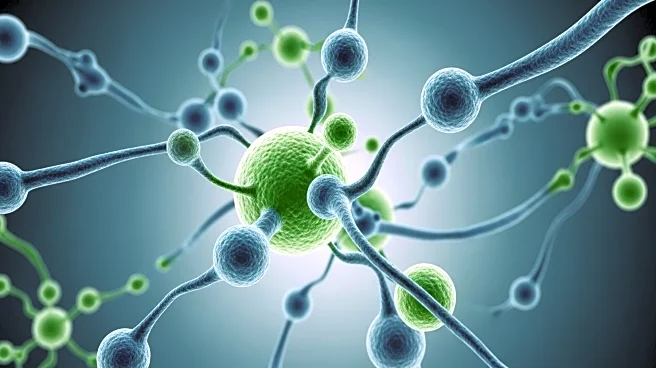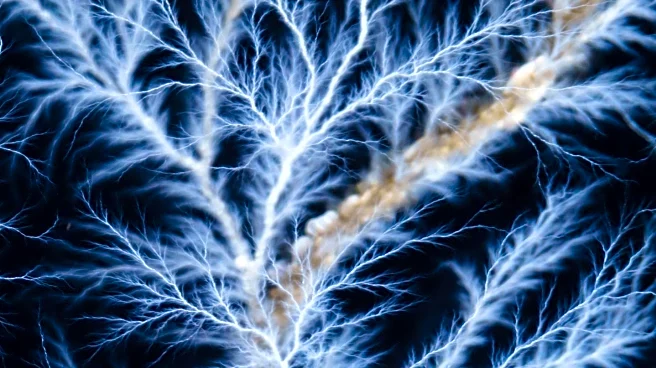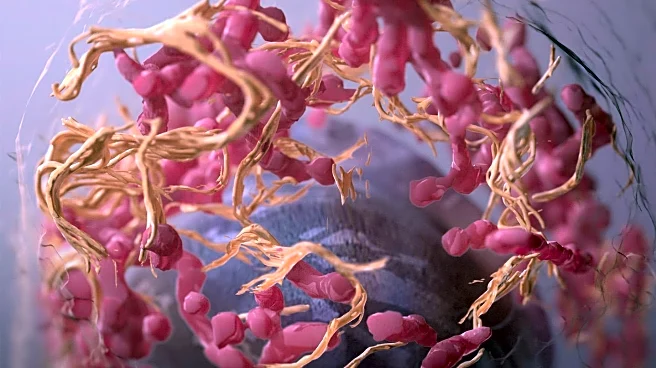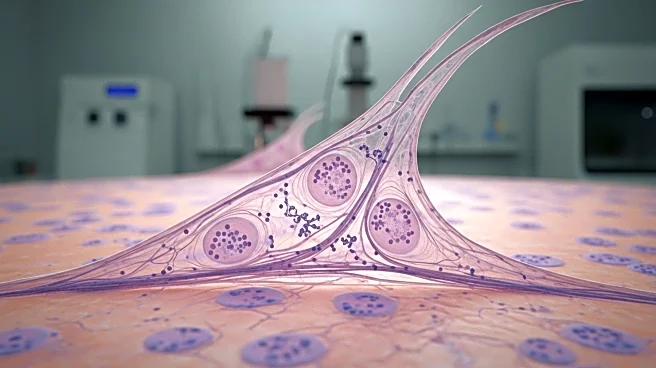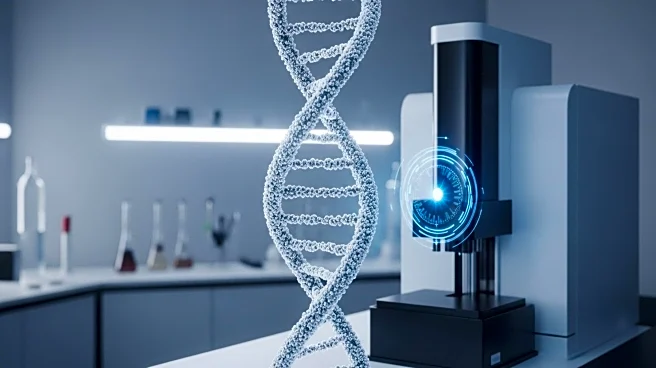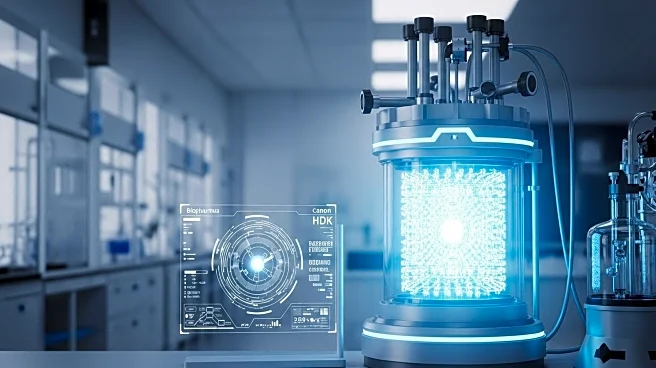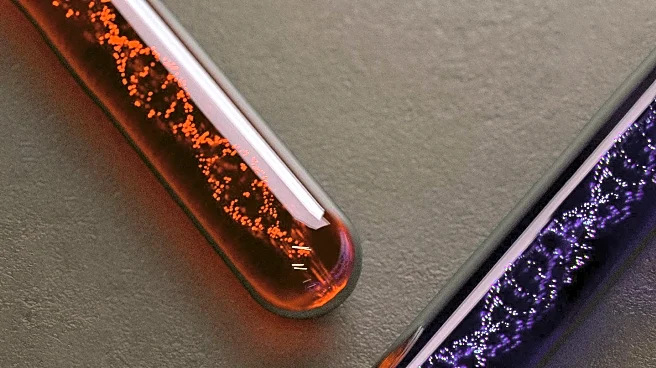What is the story about?
What's Happening?
Researchers from Washington University School of Medicine and Baylor College of Medicine have discovered a new cellular mechanism called 'cathartocytosis' that aids in injury response. This process involves cells ejecting 'waste' material to revert to a stem-like state, enhancing their ability to repair injuries. The study highlights how differentiated cells undergo massive reprogramming to regain pluripotency, allowing them to proliferate and repair damage.
Why It's Important?
The discovery of cathartocytosis provides insights into cellular behavior during injury response, potentially leading to advancements in regenerative medicine. Understanding this mechanism could improve treatments for injuries and diseases that require tissue repair. However, the process may also contribute to tumorigenesis, raising concerns about its role in cancer development. Further research could lead to new biomarkers for early detection of gastrointestinal cancers.
Beyond the Headlines
Cathartocytosis may have implications beyond injury repair, potentially influencing chronic conditions fueled by inflammation. The mechanism's role in exacerbating conditions like H. pylori infections, which increase stomach cancer risk, highlights the need for careful consideration in therapeutic applications. The balance between efficient injury repair and the risk of cancer development presents ethical and medical challenges.
AI Generated Content
Do you find this article useful?
